
Hi Everyone!
A couple weeks ago my husband put a garden box outside my kitchen window. Since then I’ve filled it with herbs, lettuce, and a couple of strawberry plants. Once the box was attached the rest was so easy and everything is growing like crazy! You can make your own box or purchase a garden box complete with a drainage system. It’s so much fun to step outside and snip a few springs of rosemary or basil for a meal I am preparing!
We are still on holiday so guest contributer Cassie is stepping in to talk about the process of creating a gardon box. Take it away Cassie!

Planting in a Garden Box: For Beginners
Summer is an excellent time to try your hand at planting a garden box. Whether you just want to beautify your yard or are interested in growing your own herbs and vegetables, following a few basic pointers will have your garden box blooming in no time.
Choose the perfect location for your garden box. Pay attention to the amount of direct sunlight different areas of your yard get at different times of the day. Most plants do best with several hours of direct sunlight mixed with periods of shade as the sun shifts throughout the day. Avoid choosing an area that is almost always shaded or entirely in the sun as neither of these are ideal for growing vegetation.
- Build a raised bed with your garden box. This will help keep the weeds in your regular yard from invading your garden areas and prevent water run off. It also will ward off slugs, snails, and other pests. Raised garden boxes also are excellent for maximizing the growth space available in a small outdoor area.
- Craft your garden box with cedar wood. Cedar has natural anti-fungal properties to help ward off fungus and mold. To help further prevent mold growth, drain holes in the bottom of the box and cover it with an inch of gravel to allow for proper drainage.
- Use a 3:1 ratio of potting soil and either organic compost or fertilizer. This will provide an optimal growing environment for whatever you choose to grow.
- Choose what you want to grow. Regardless of whether it’s flowers, herbs, or vegetables, always plant your seedlings first, making sure the holes are deep enough to completely submerge the roots. Be sure to cover the roots entirely with your soil mixture. Plant any seeds after you arrange your seedlings and drop them into troughs instead of individual holes. You’ll want to water daily, especially until the roots have firmly taken hold. After that, depending on the amount of direct sun your garden box gets, you may be able to water every other day. Keep the soil moist at all times to prevent your plants from drying out and wilting.
- If you simply want to grow flowers, read the tags and labels on the seedlings regarding the amount of sunlight needed, expected growth height, and which plants will do best in what regions. With proper care, you can have a beautiful flower box to enjoy outside, as well as beautiful cut flowers inside your home all summer long.
- If you want to grow herbs, mint, parsley, oregano, and dill are the easiest to grow and require minimal care other than daily watering. They also attract butterflies naturally which adds to the beauty and enjoyment of your garden box.
- If planting vegetables, you’ll be surprised with the variety you can plant in a single garden box with careful planning. Plant taller vegetables like broccoli or cauliflower towards the center, and place root vegetables like radishes, carrots, and onions around the base of the taller plants. You can use trellises for creeping vines like peas and beans to utilize all the space in your garden box. Research or talk to your garden shop specialist about proper planting times for different types of vegetables, as well as which vegetables do better in different regions.
- Tend to your garden daily after it’s planted. As noted above, keep it watered regularly and remove any weeds that appear. Watch for budding vegetables and monitor them regularly so you can harvest them at perfection.
- Be patient. Unless you plant full grown plants, you’ll have to wait a bit to see your garden come to a full bloom and bear edible vegetables. The wait will be worth it when you see (and eat!) the fruits of your labor.
Whether you have a big yard, a patio home, or only a small deck area, with a few simple steps you can enjoy a beautiful garden box to brighten your outdoor space, your dinner plate, and your palate!



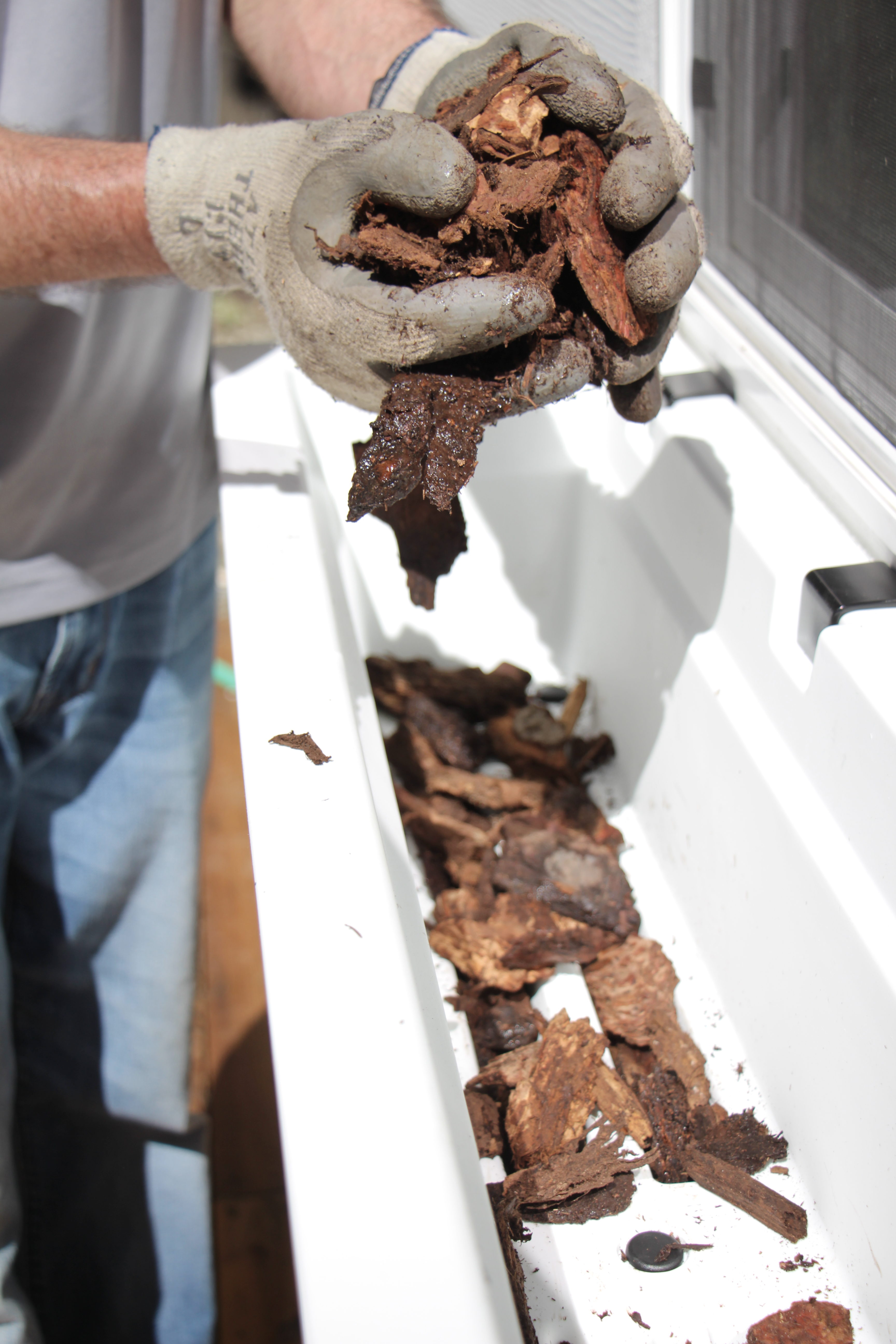
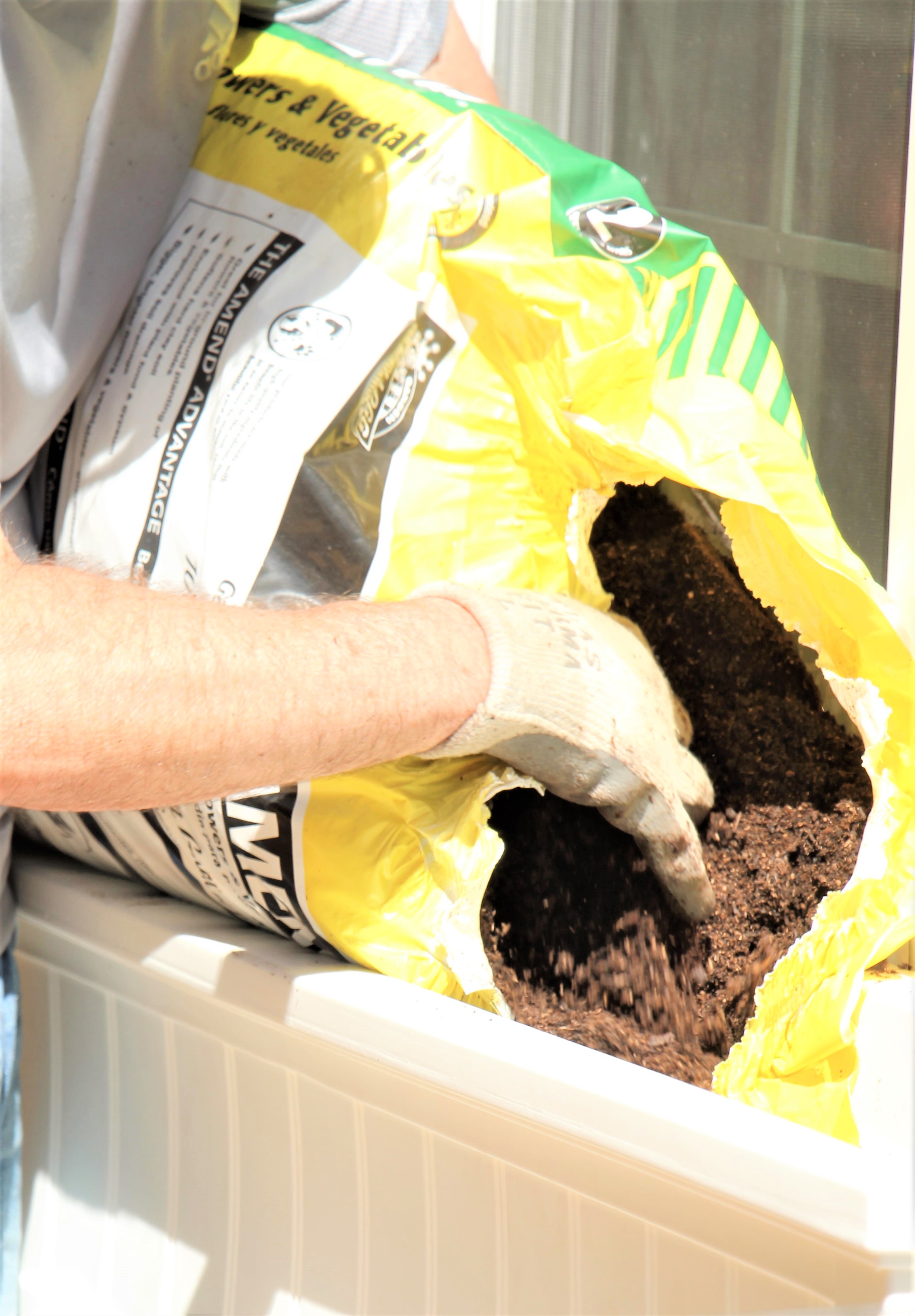

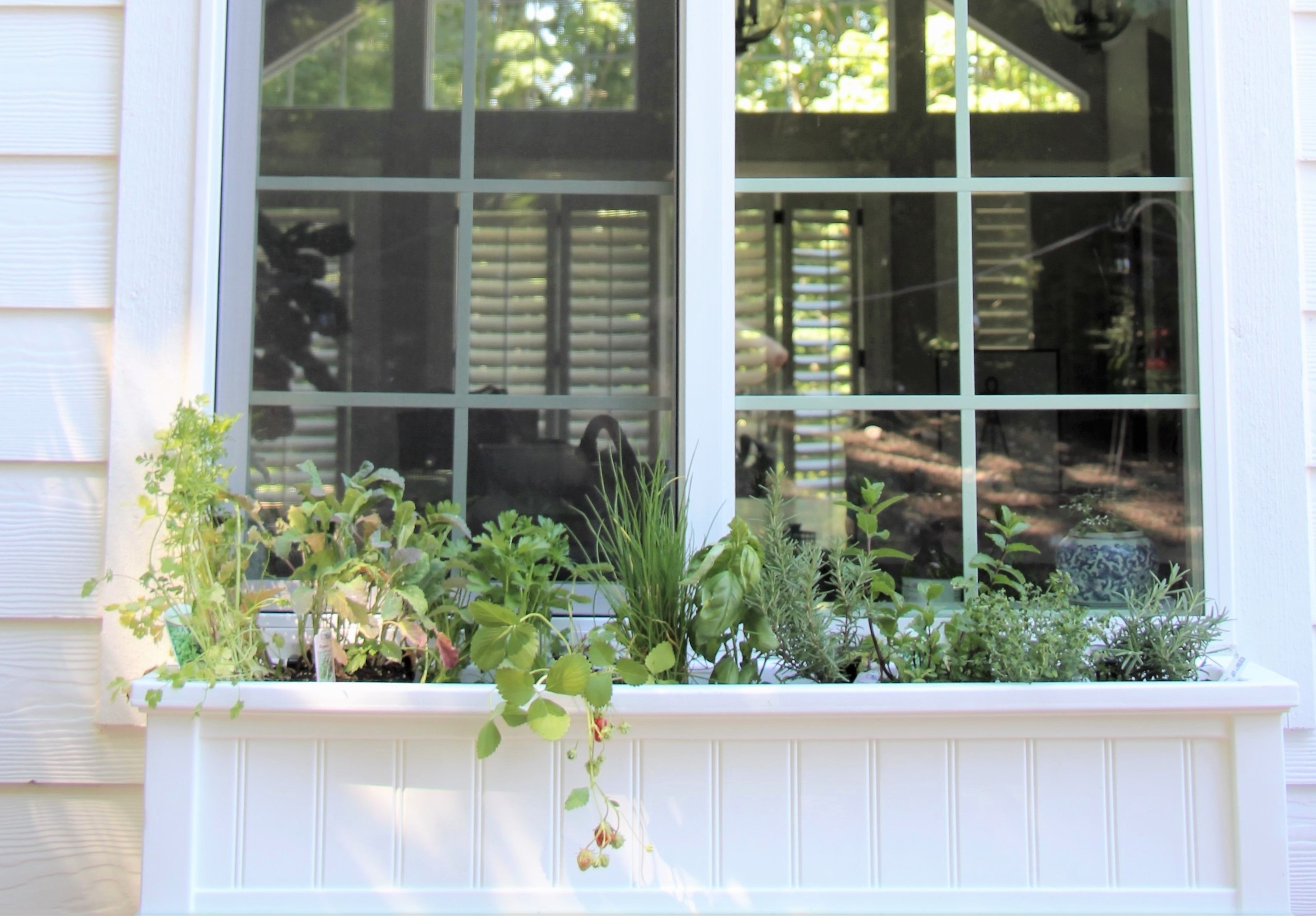



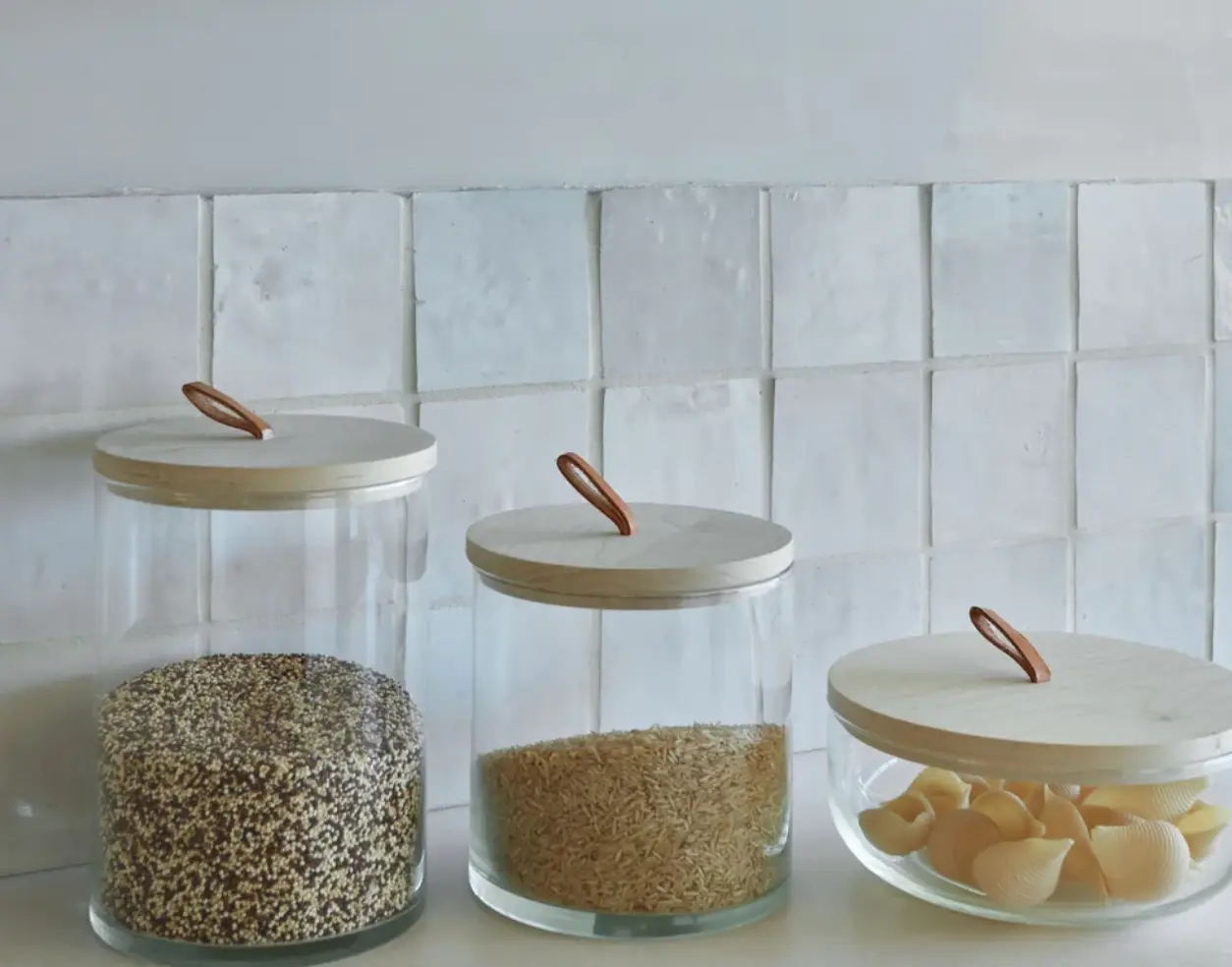
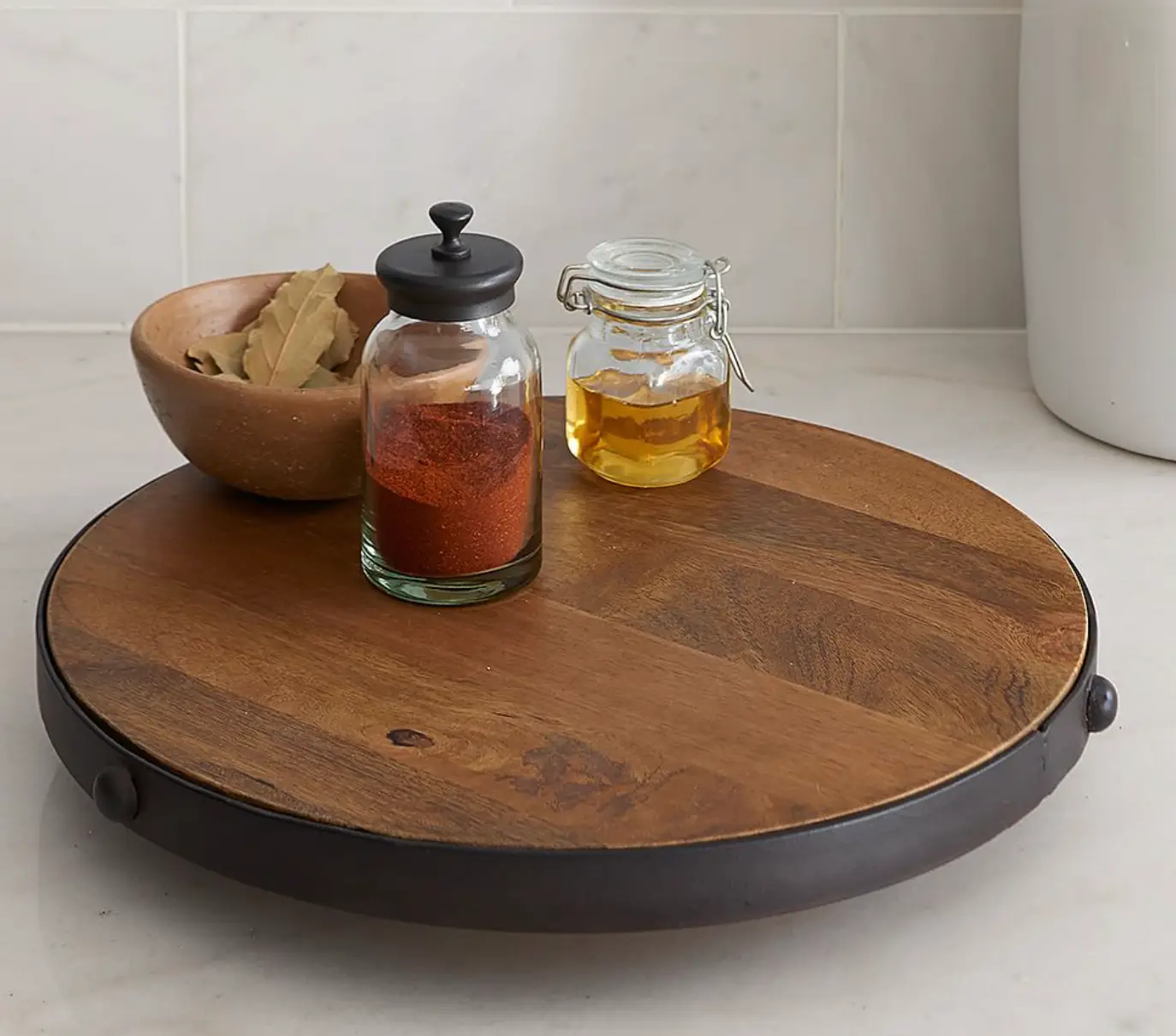
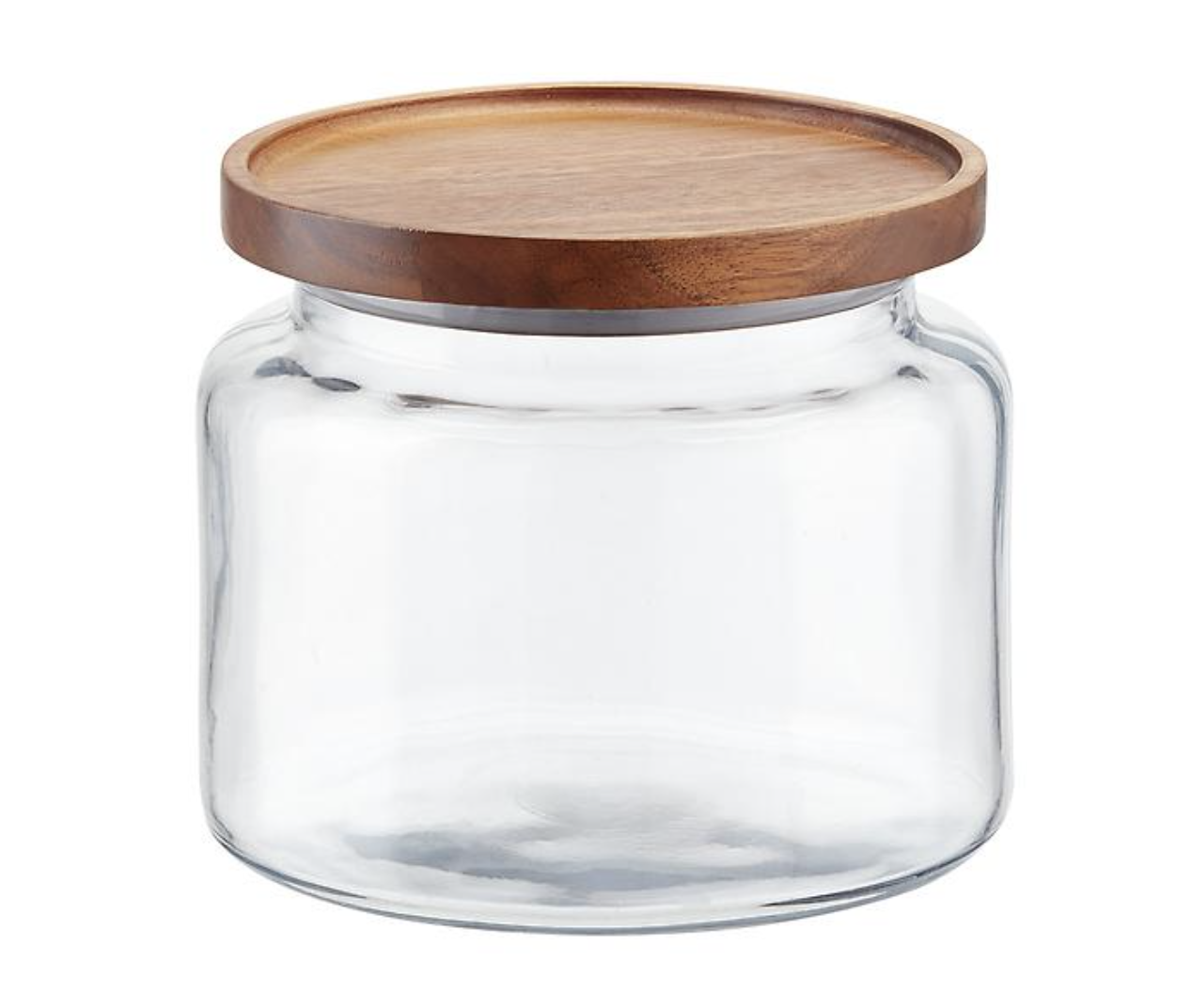
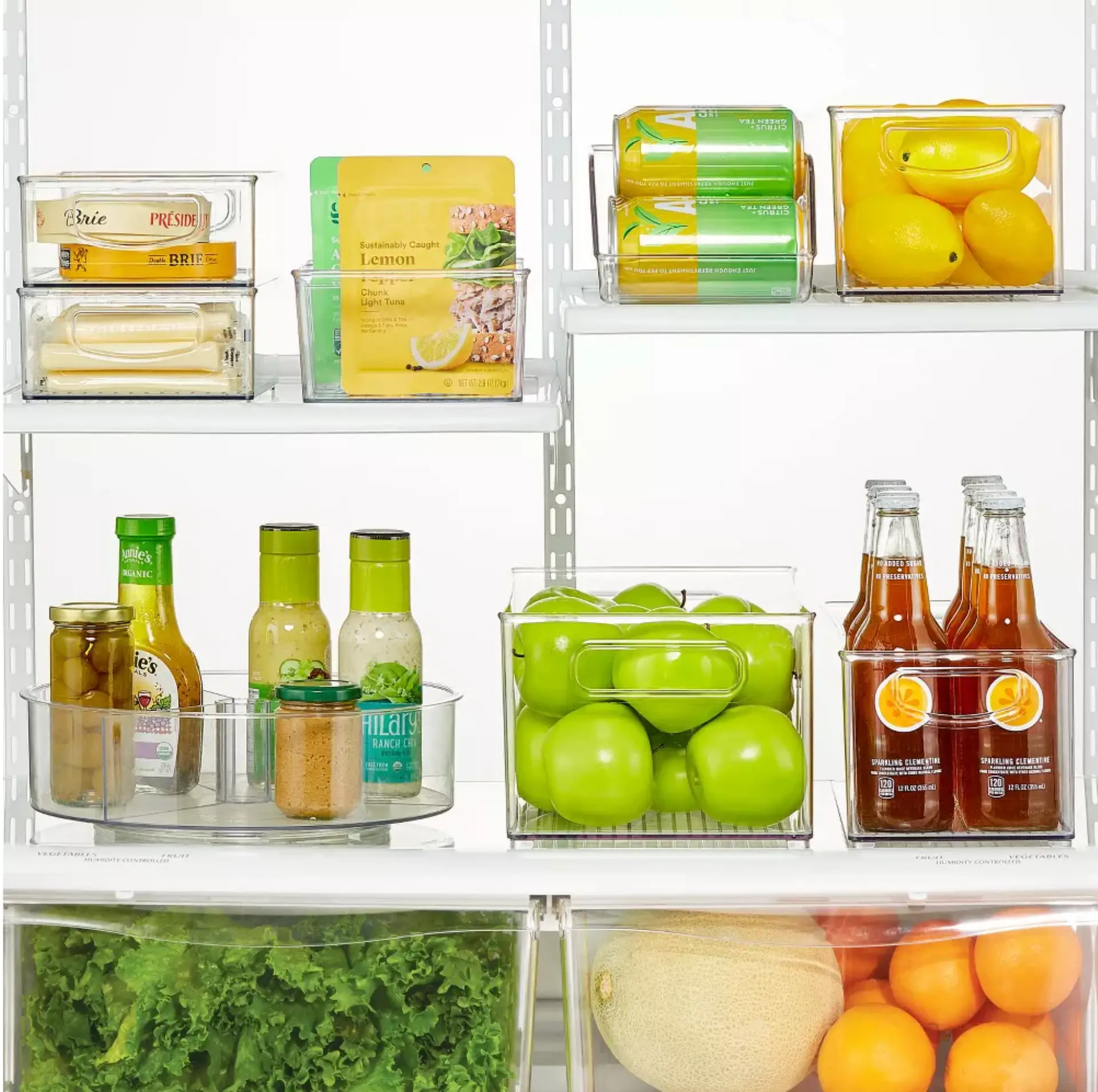
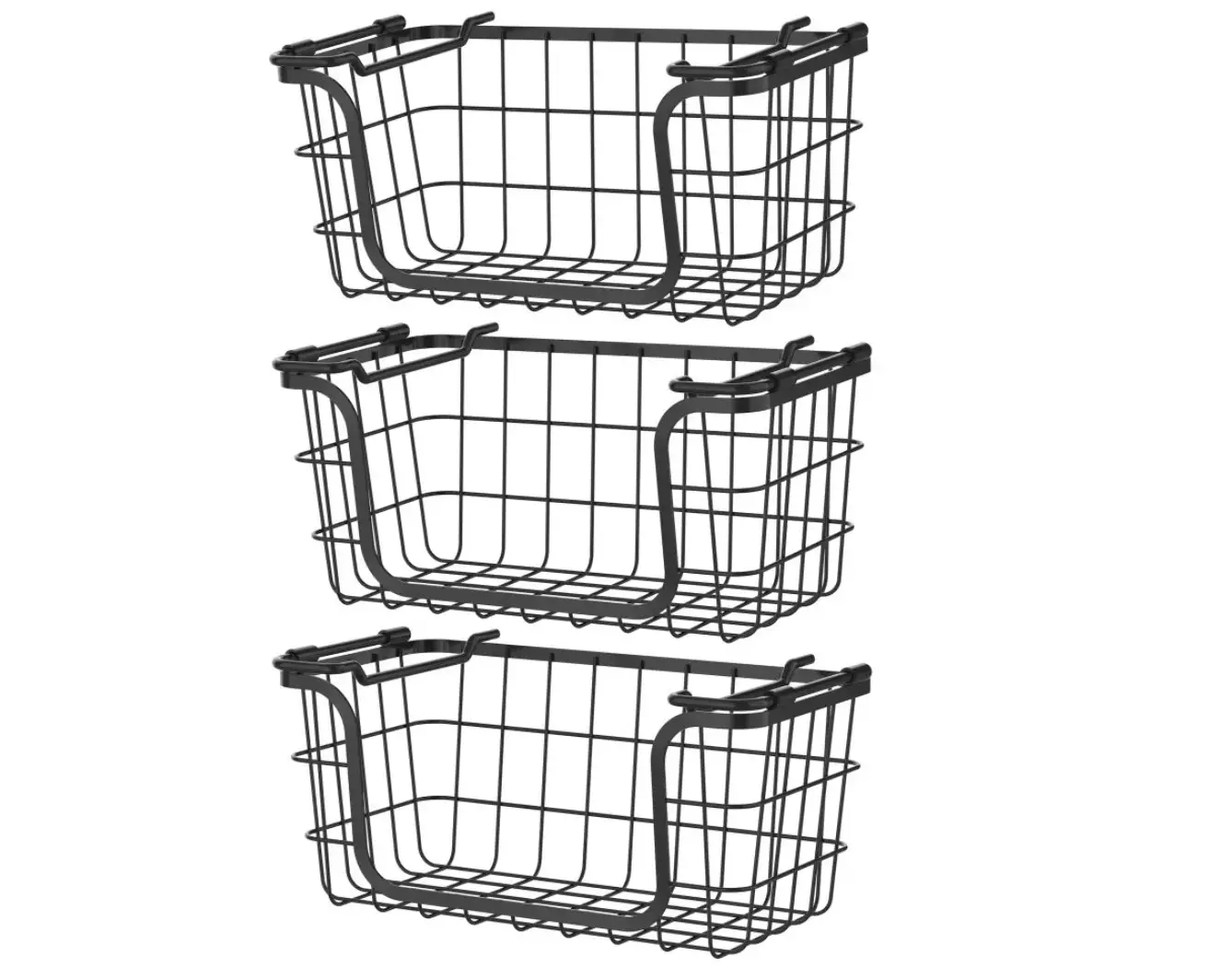
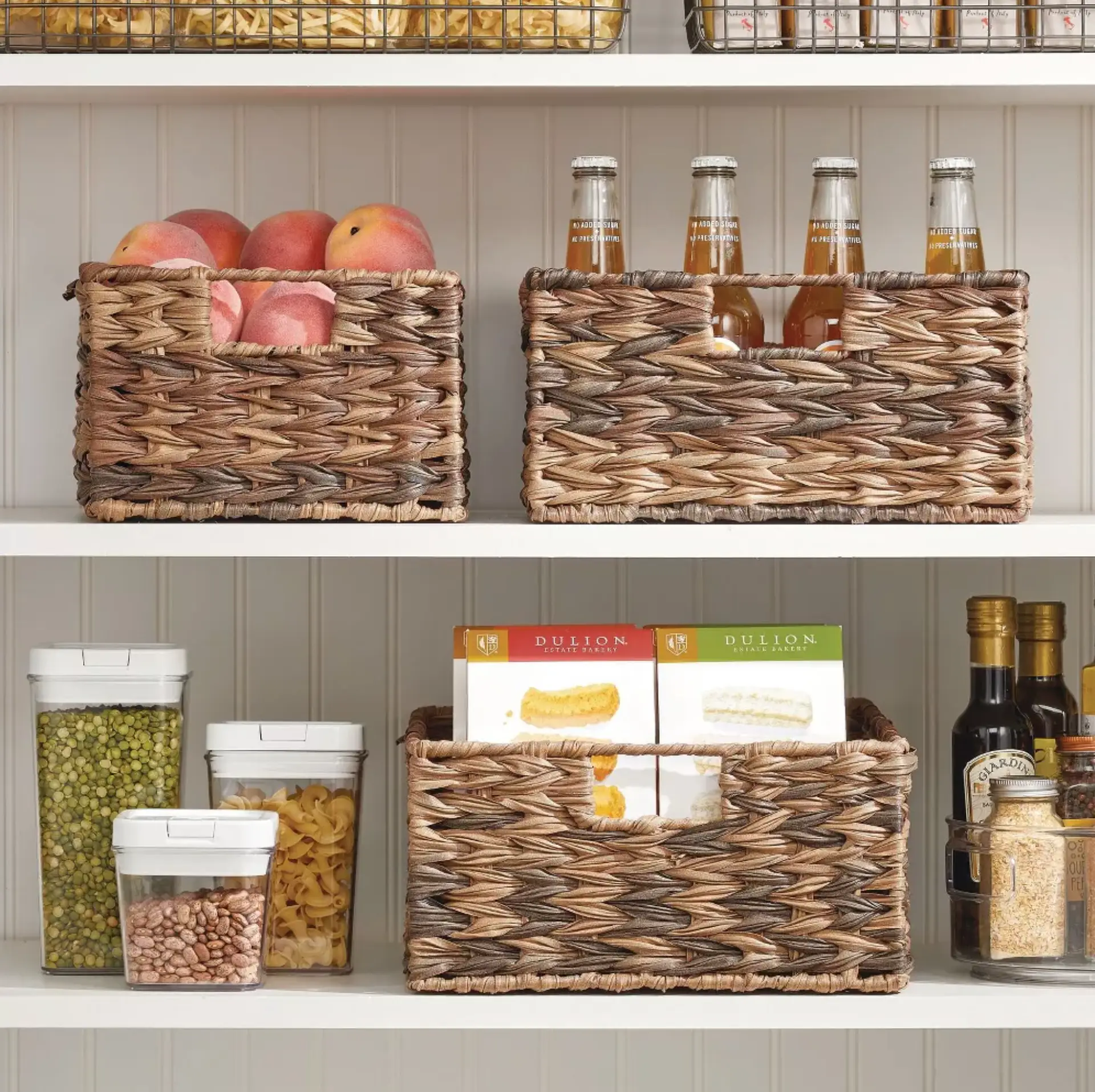
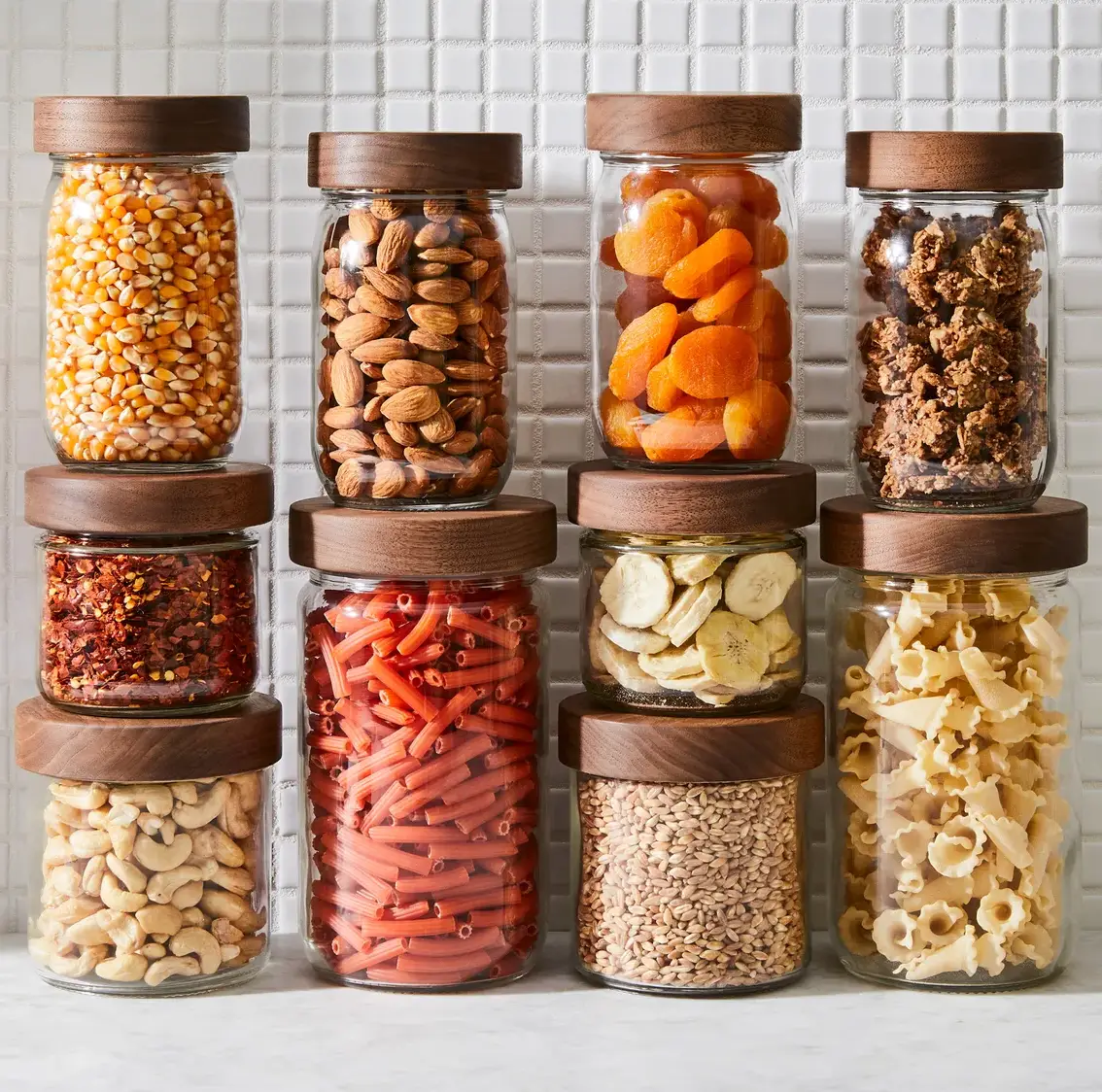
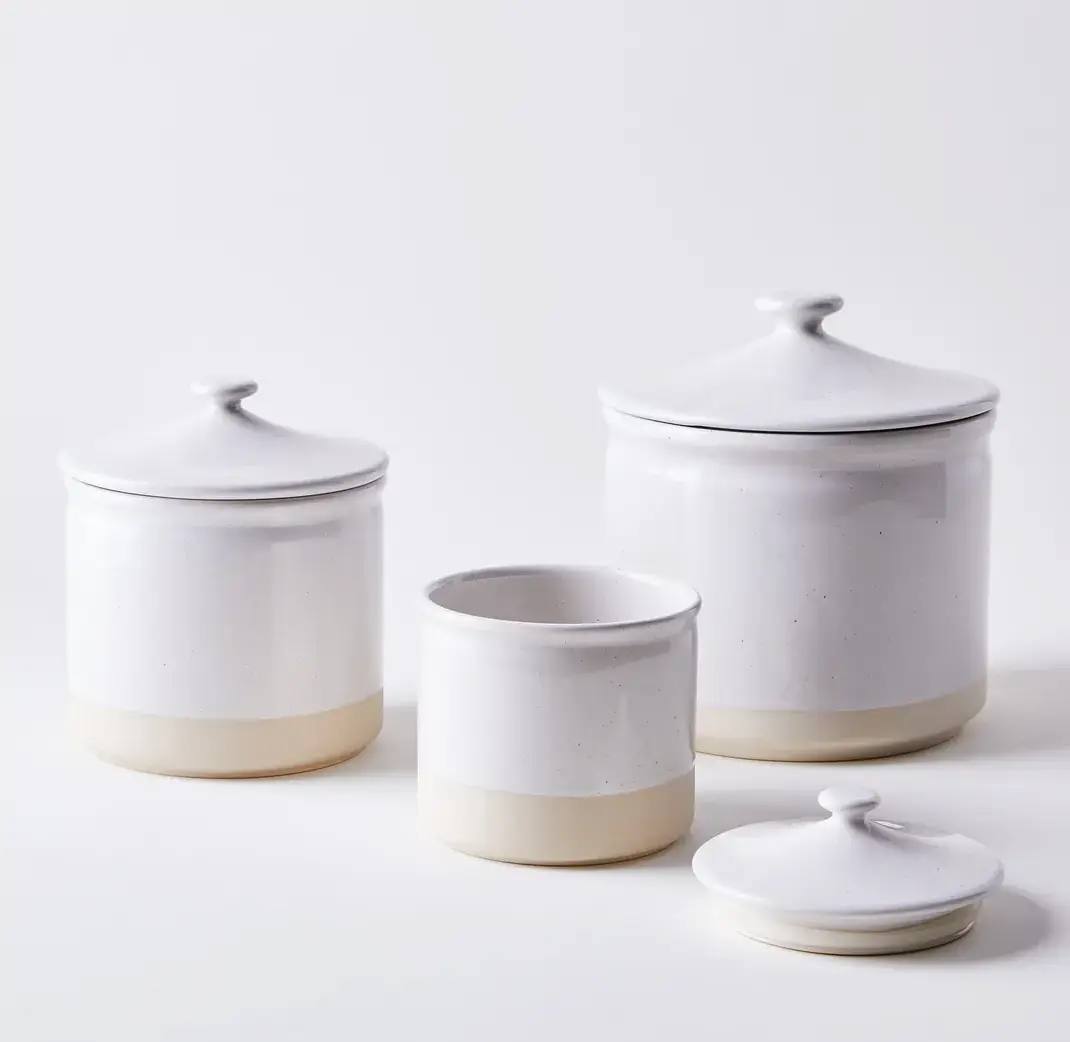
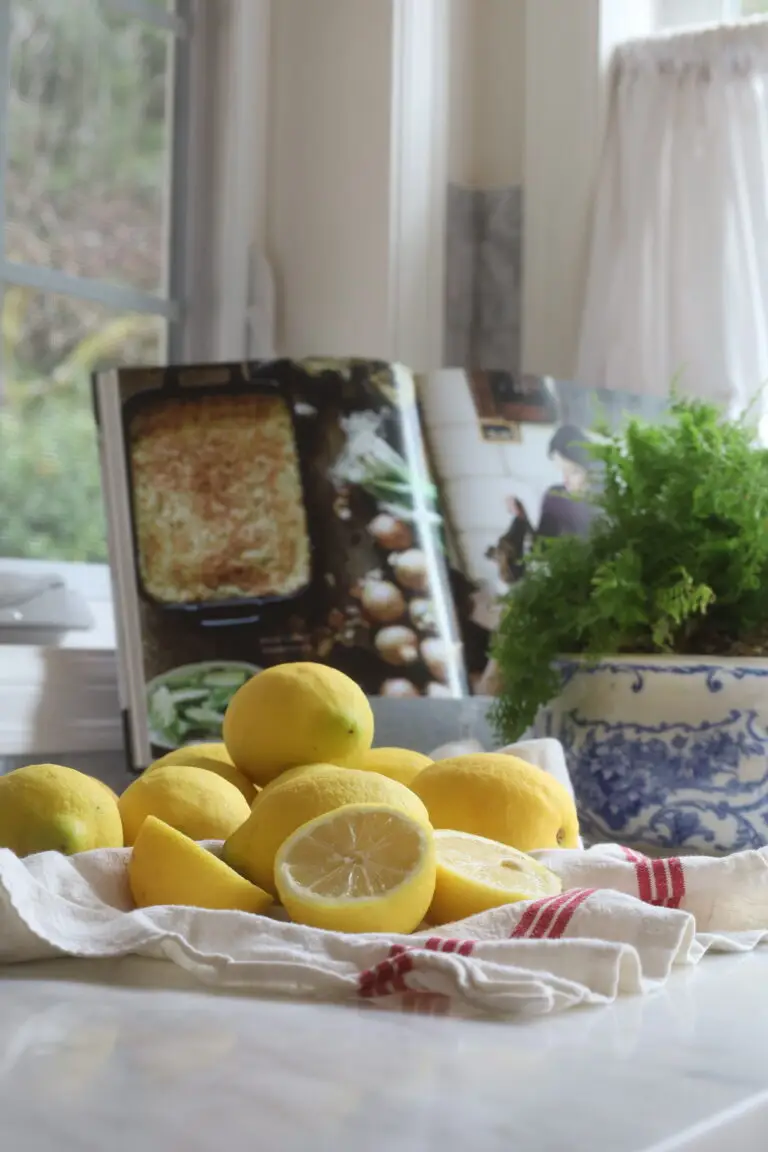
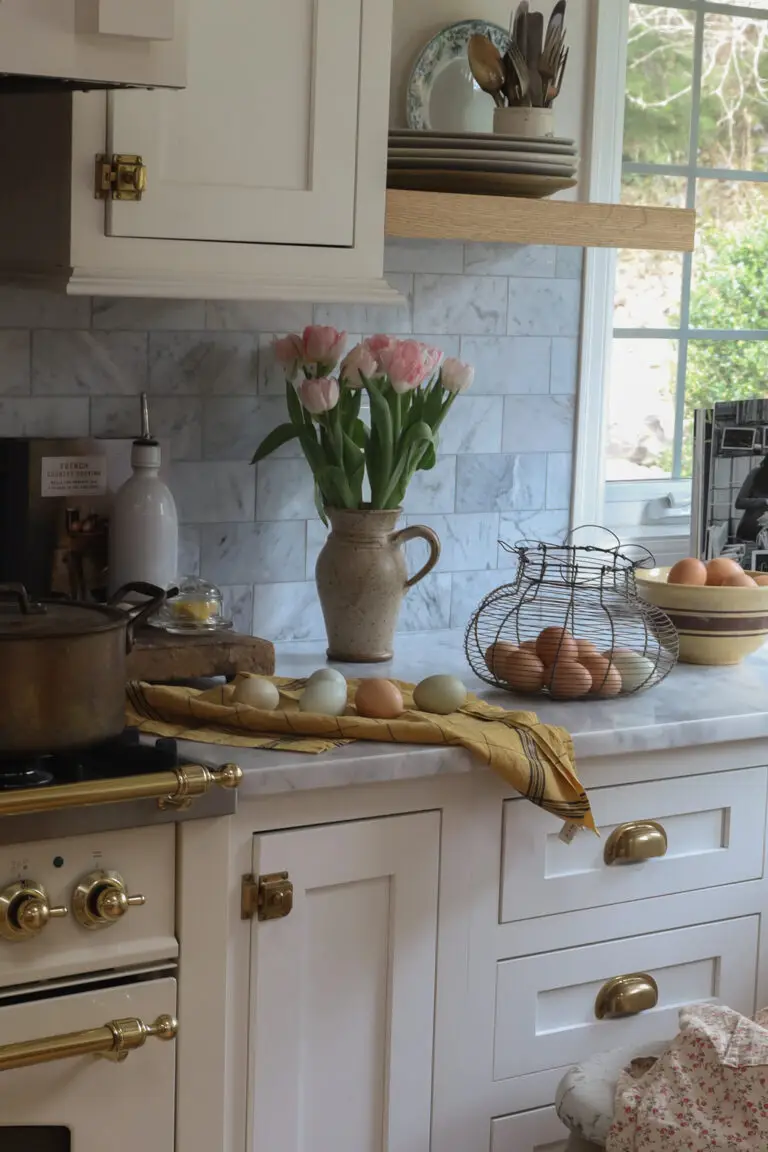
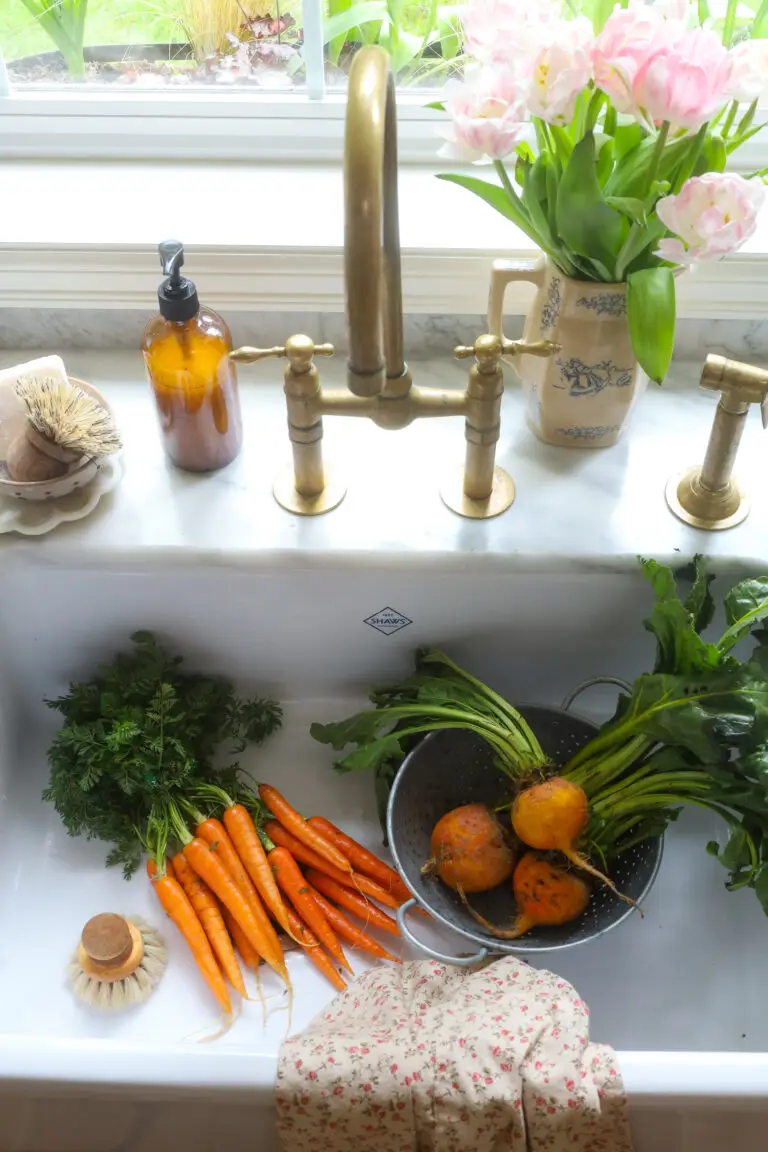
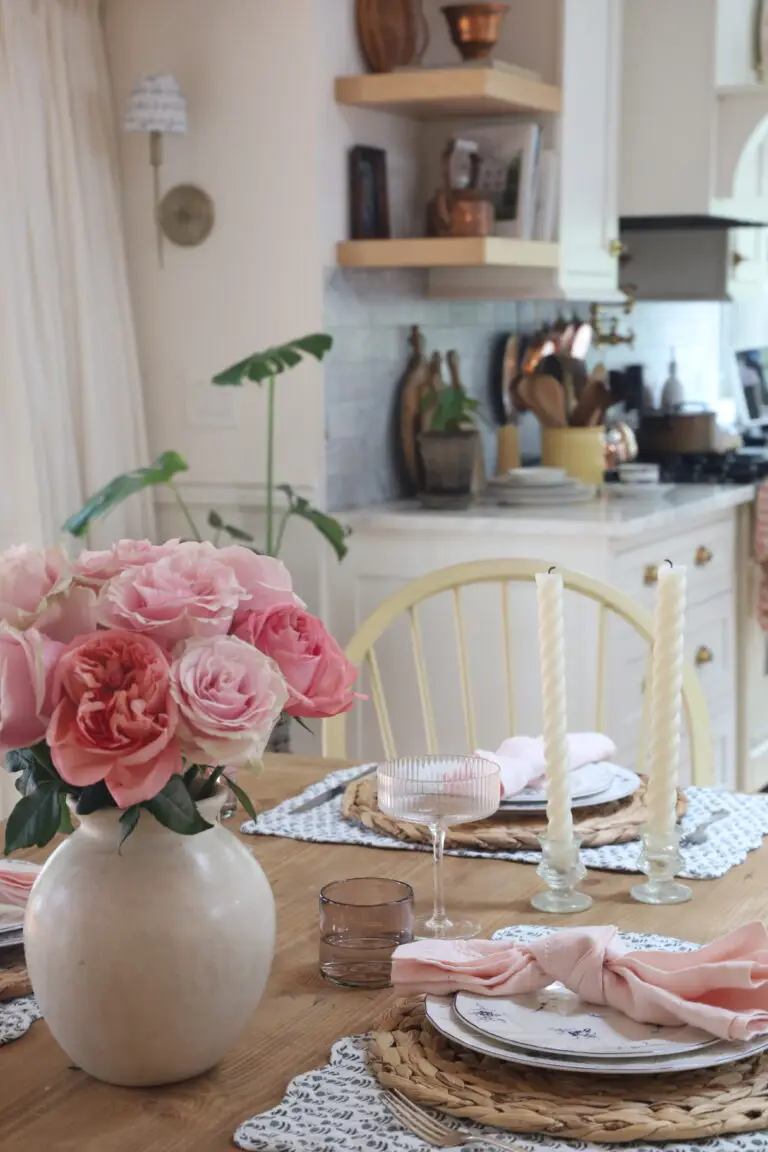
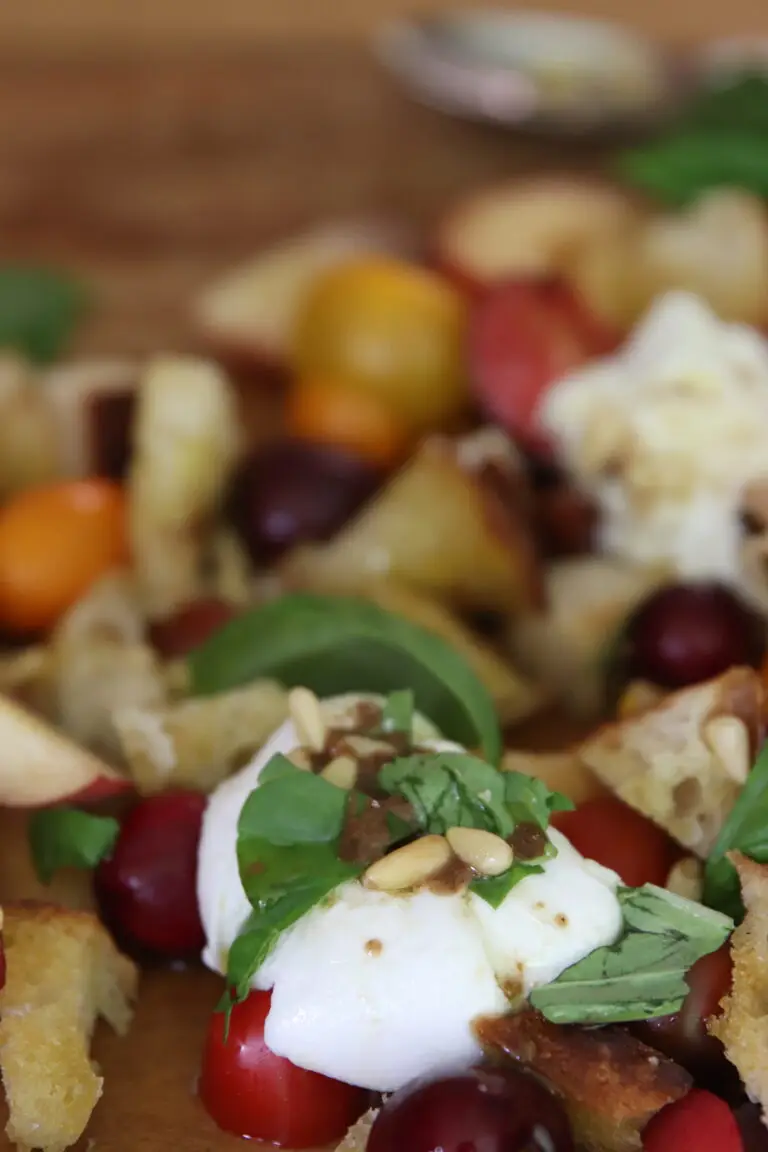
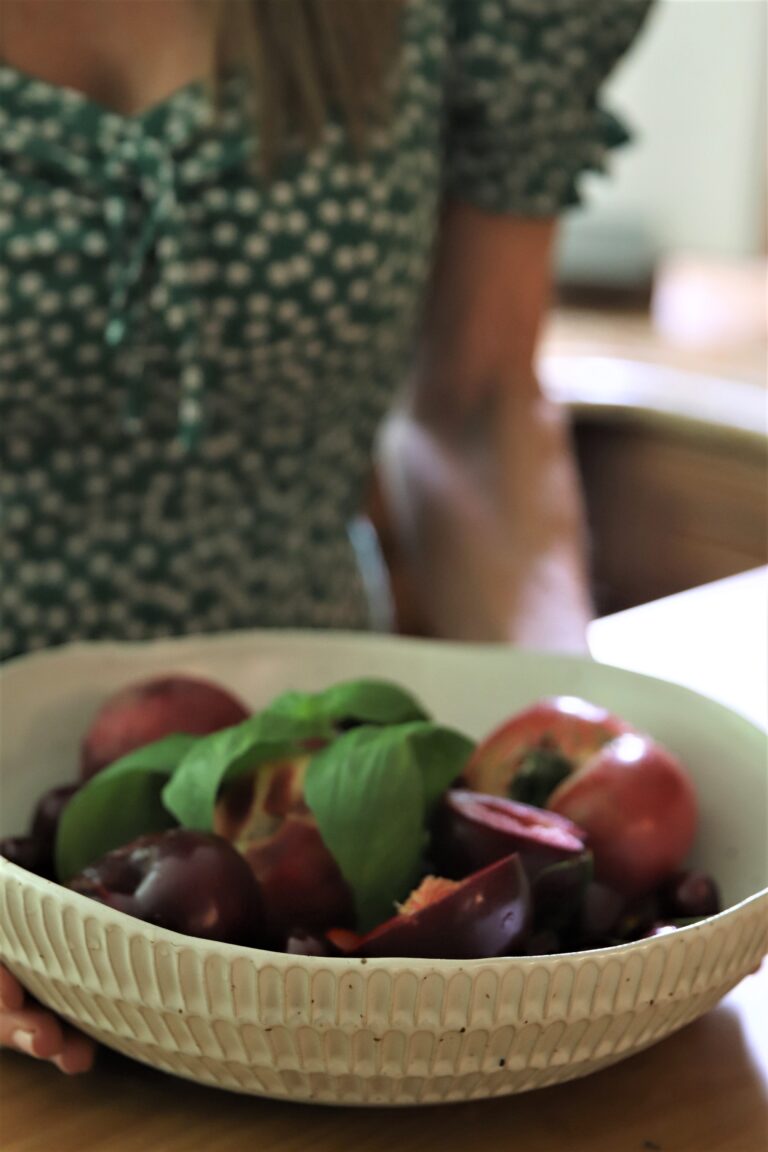
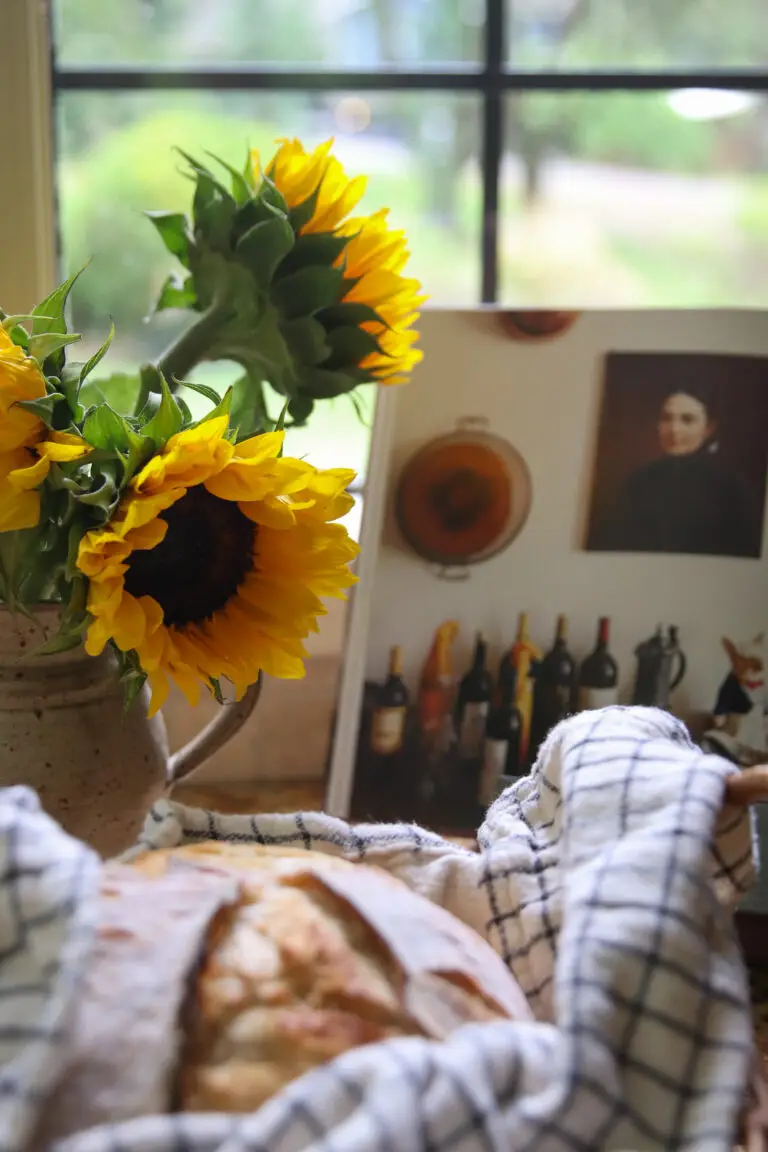
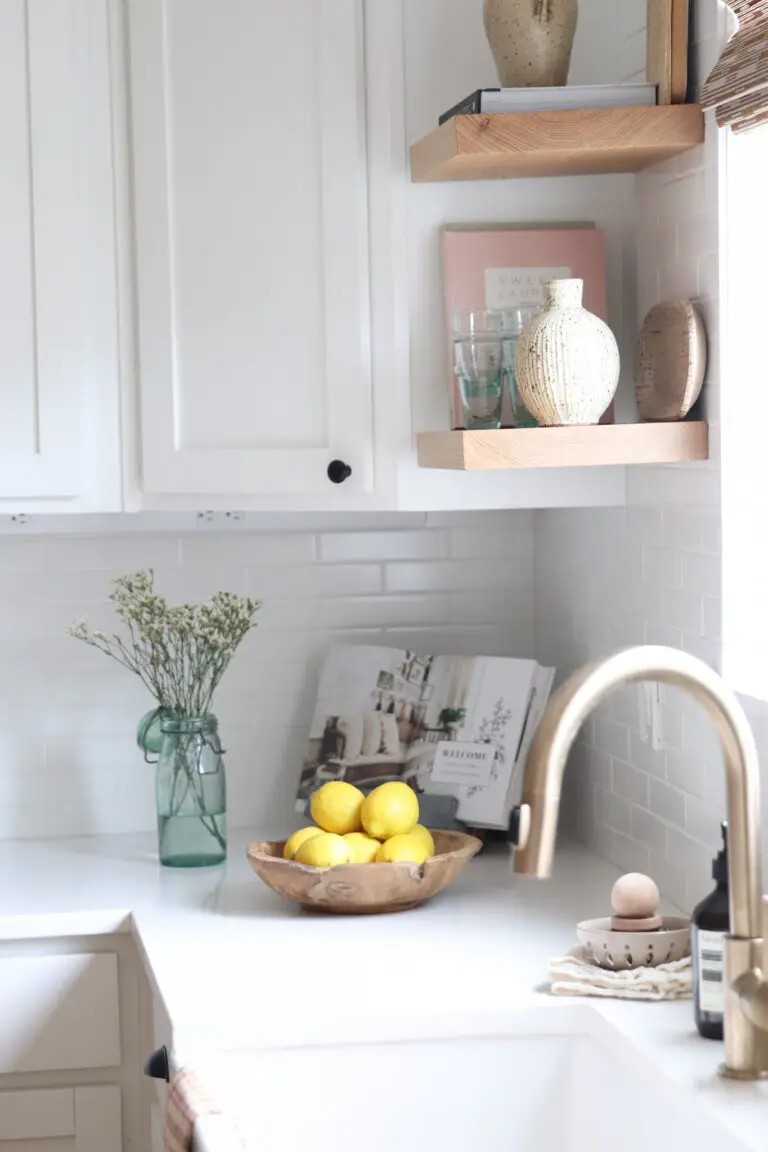

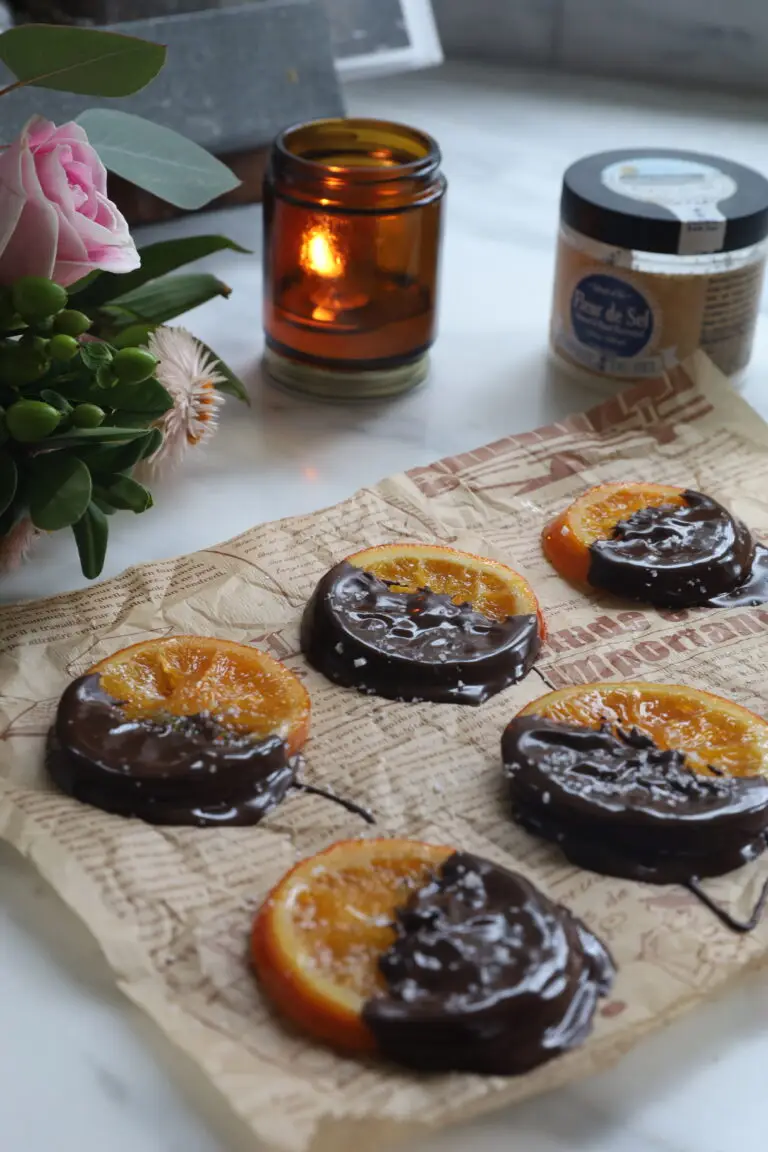
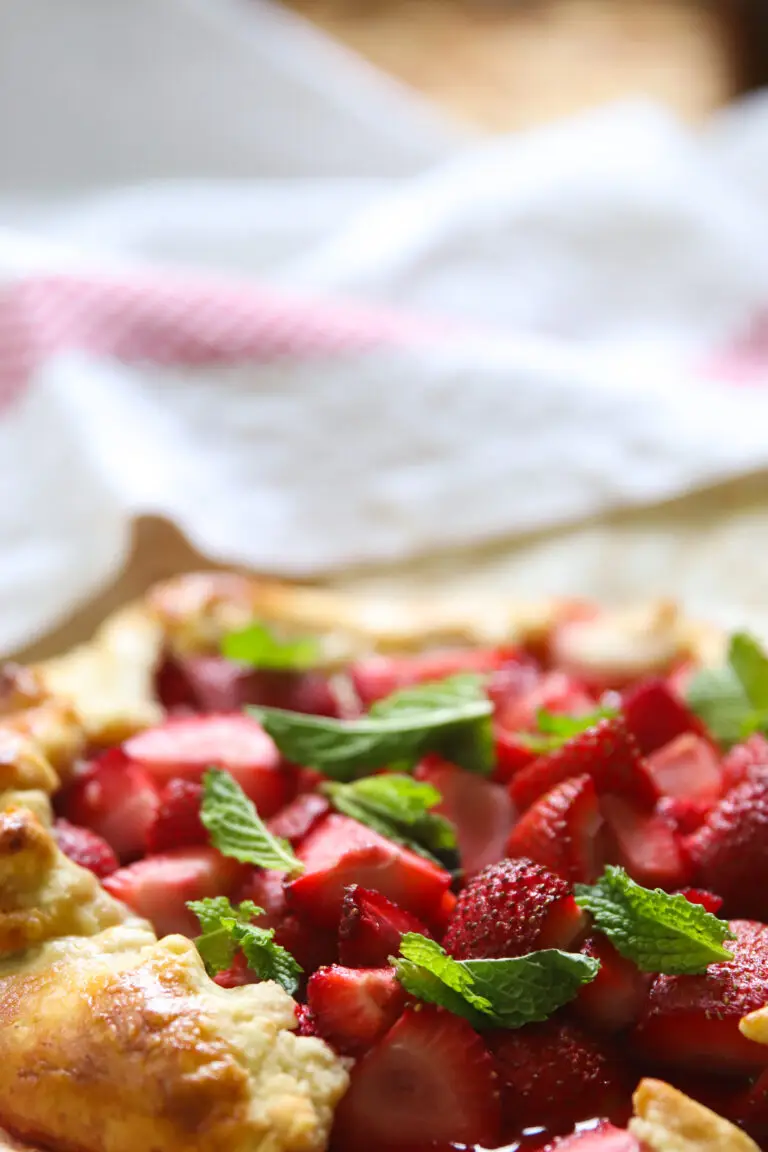
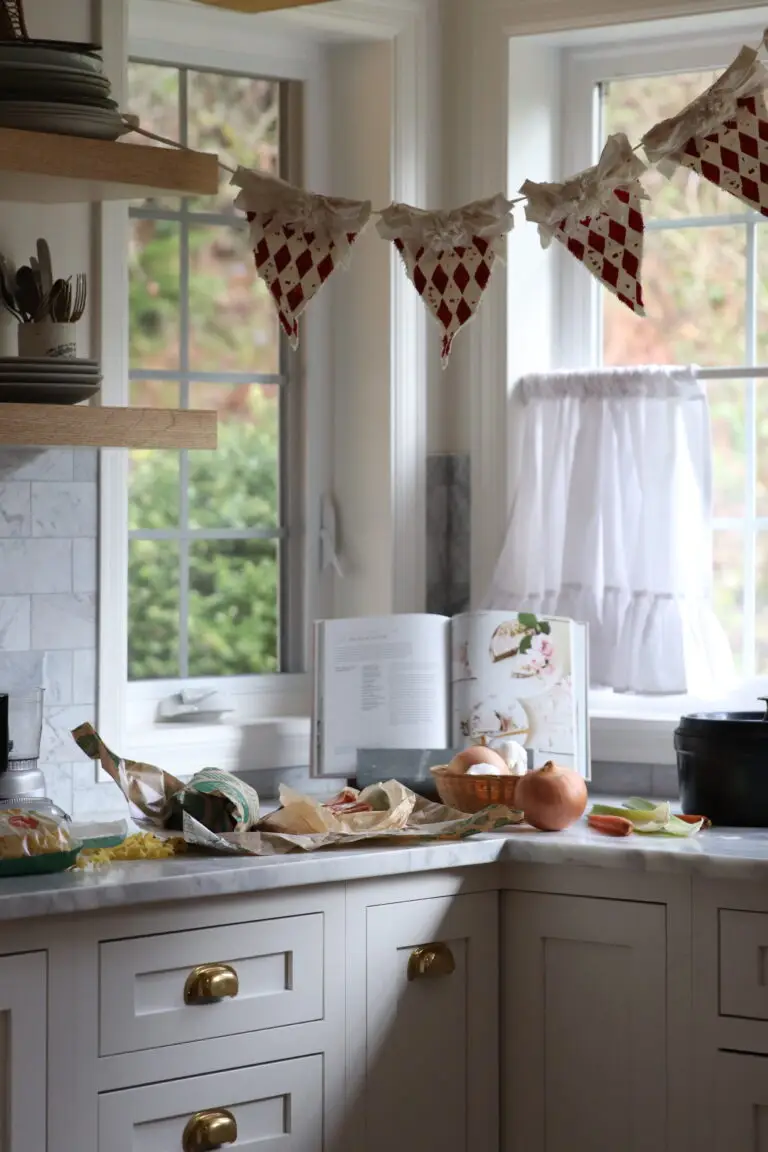
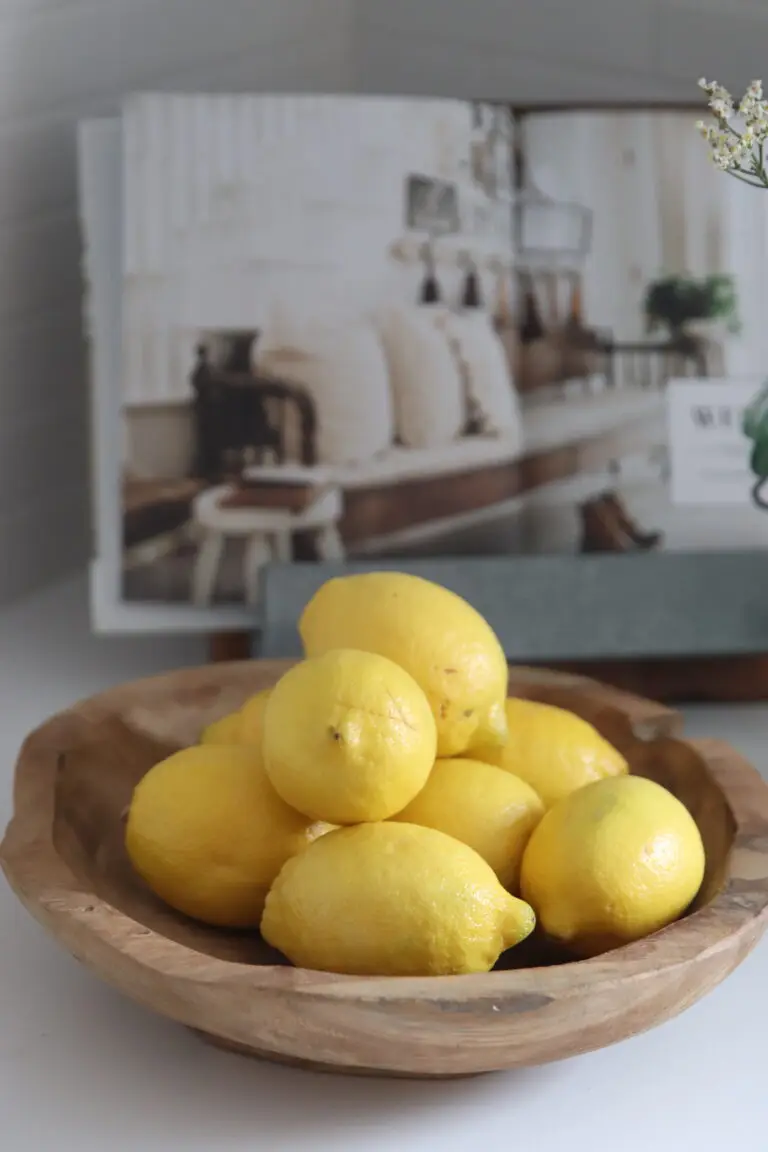
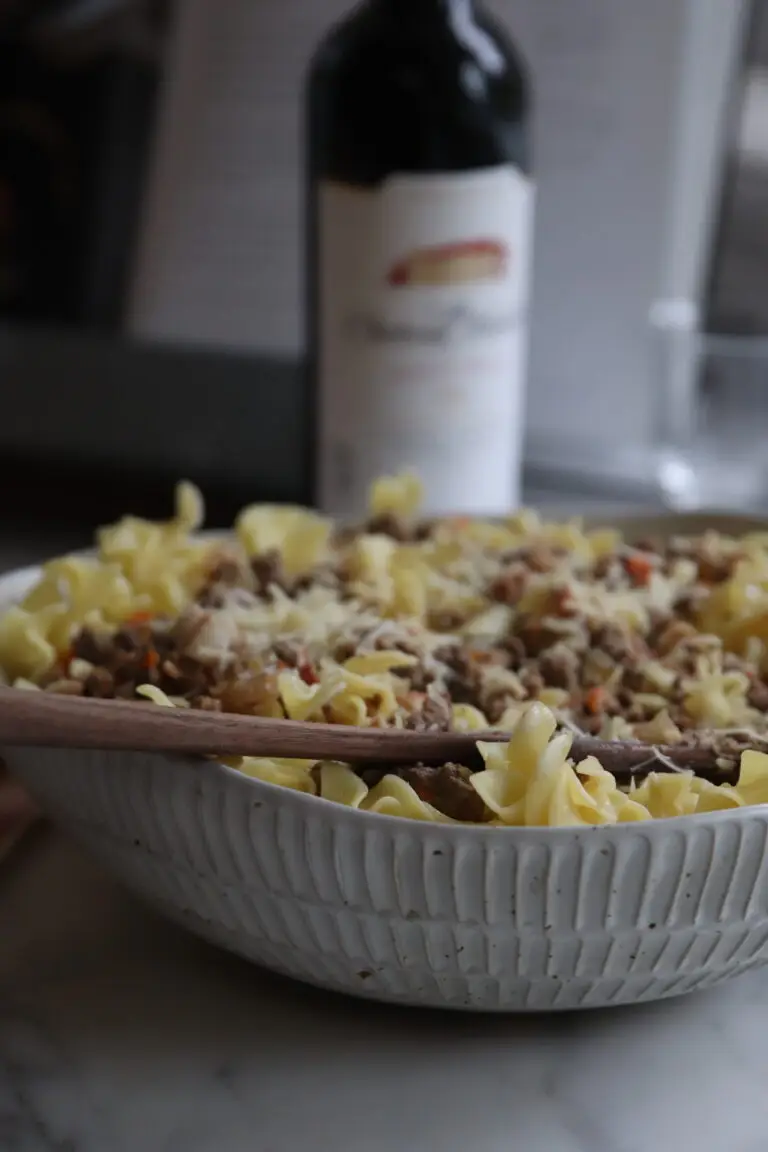
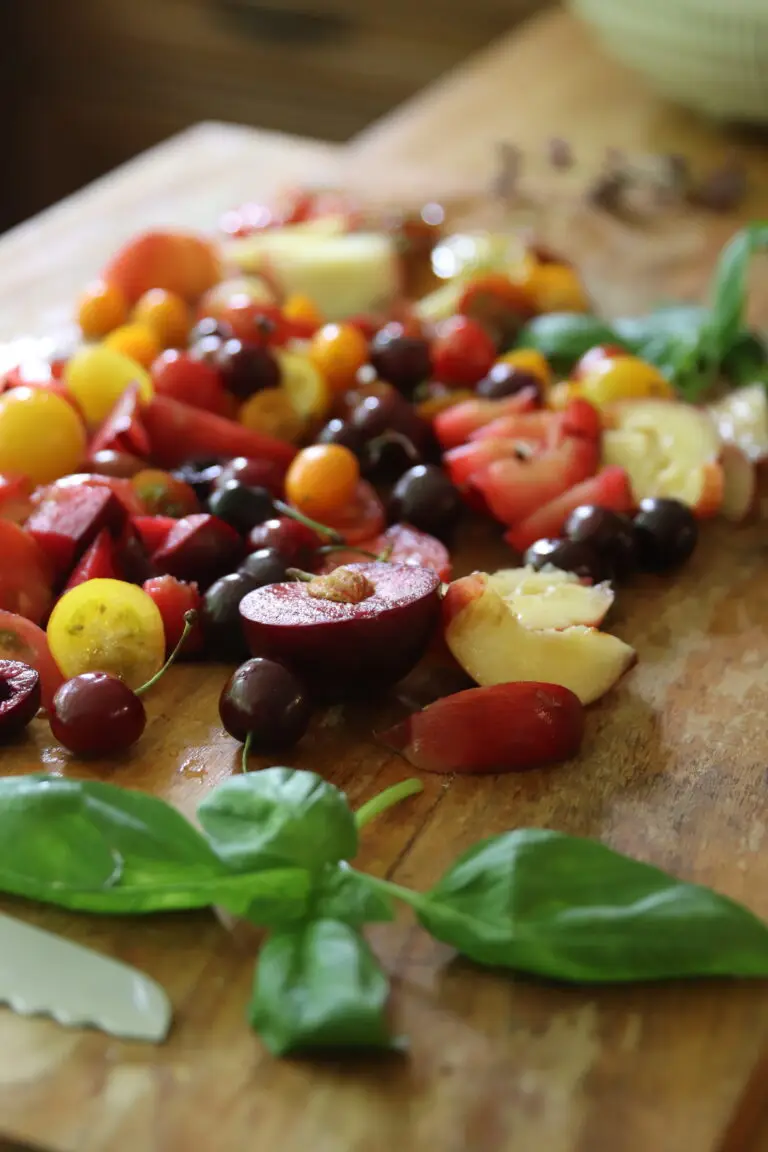
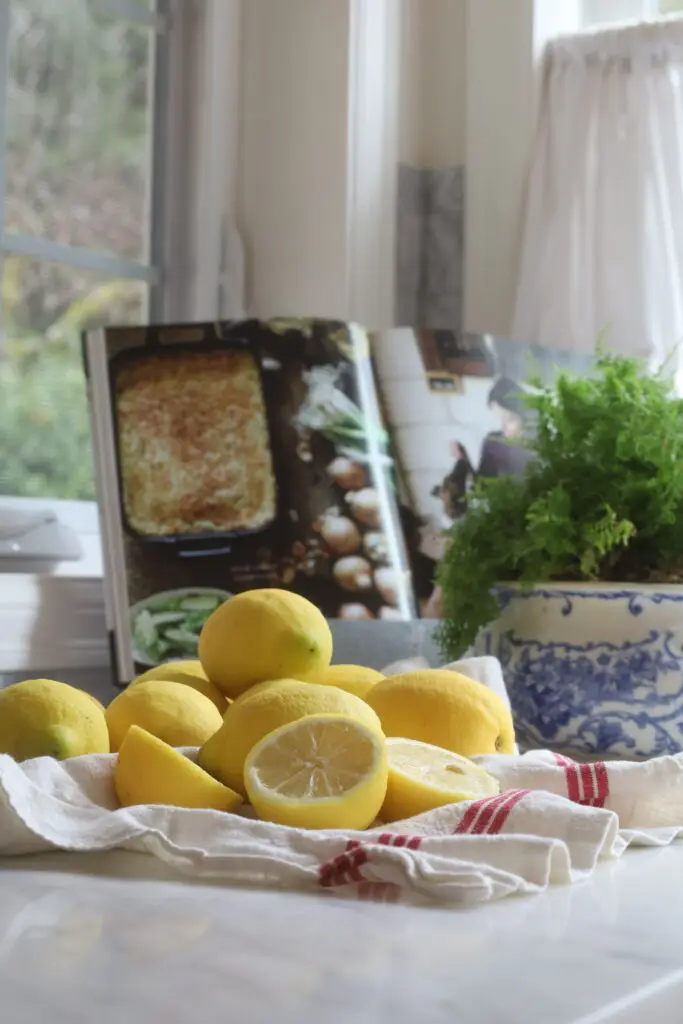
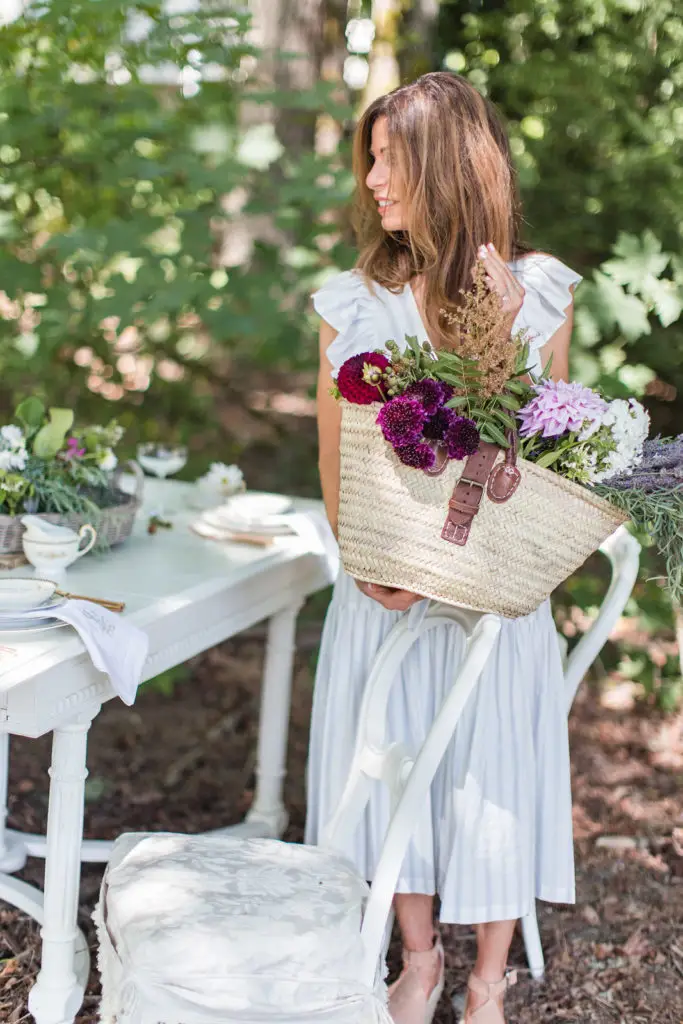
2 Responses
Leslie, love the window box with it’s plantings. Great pic of Layla and the pretty planters, so pretty. Thanks for the great tutorial Cassie. Look forward to hearing about your holiday……..
Hi Emily:) The herbs are so healthy I’ve alread trimmed them twice! The unique built-in drainage system is helpful. xo